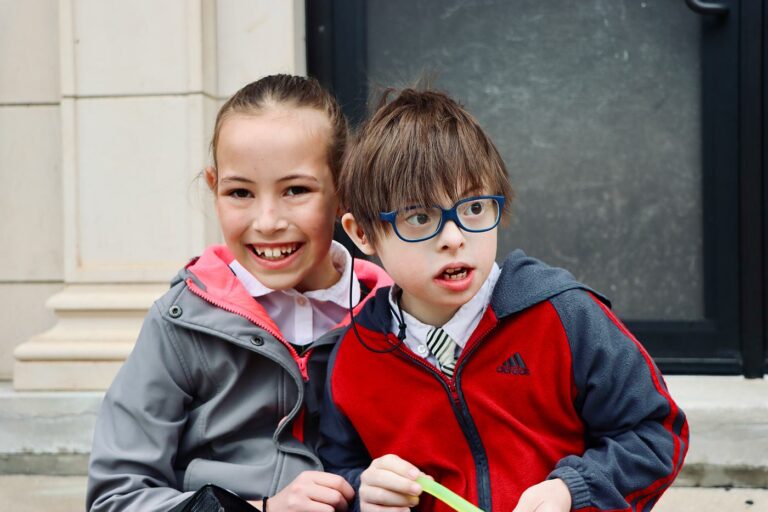
Who benefits from FIRE?
FIRE NE Iowa Lights the Way
"Everyone should feel a sense of belonging. The FIRE Foundation of Northeast Iowa has ensured that all are welcome.
Do you believe that a small match lights a big FIRE?
Your gifts of time, talent and treasure keep the FIRE Foundation of Northeast Iowa’s flame burning brightly.
Your support provides children with disabilities and learning differences the opportunity for an inclusive education at the Catholic schools they attend. Through fundraising and advocacy, FIRE NE Iowa plays a virtual role in acquiring training personnel, technology, and adaptive learning materials to meet unique learning needs. There are more schools, families and children who await the spark of FIRE NE Iowa.
When you invest in FIRE NE Iowa YOU make it possible for schools to:
- Hire para-professionals who provide appropriate support to students.
- Hire special educators who guide instruction so students meet goals.
- Acquire technology, curriculum and adaptive equipment that enhance learning.
- Offer professional development and training so educators can address students’ unique challenges more effectively.
- Continue opening the doors of Catholic schools to new students with disabilities and learning differences.
FIRE Foundation of Northeast Iowa Opens Doors, Hearts and Minds.
Can you imagine the heartache of being told your school was not able or willing to welcome your child with disabilities and learning differences? Lack of resources is often cited as a reason for turning away students with disabilities. It shouldn’t be that way in Catholic schools.
In the Archdiocese of Dubuque, the FIRE Foundation of Northeast Iowa helps schools create educational environments where students with disabilities and learning differences learn, flourish, and thrive alongside their typically developing peers. Through fundraising and advocacy, FIRE lights the way for children with a range of disabilities to share in the opportunities that Catholic schools provide. Inclusive education fosters a culture of acceptance and compassion where ALL students grow together in faith, knowledge and friendship. Without the funding from FIRE NE Iowa, most students with disabilities and learning differences would not be able to attend Catholic schools.
As FIRE NE Iowa celebrates its 8th year, the Foundation welcomes new opportunities to ignite inclusive Catholic education. Pope Francis calls us to “build an educational relationship with each student, who must feel welcomed and loved for what he or she is, with all of the limitations or potential.” It is a blessing and a privilege to partner with Catholic schools that are committed to embracing the call to serve ALL learners.
Do you believe Catholic education is for children of ALL abilities? We need your support!
Pray
Include
Match
Volunteer
Will you help us keep the flame of inclusion burning brightly for tomorrow’s children?
To ensure that the FIRE Foundation of Northeast Iowa is able to grow and support inclusive education for generations to come, the Board of Directors has established the FIRE NE Iowa Foundation Endowment. It’s like a 401(k) for FIRE. Our five-year goal is to build a $1 million Endowment fund. Your donations to this investment are never “spent”; over time, interest income will ensure FIRE NE Iowa’s long-term capacity to carry on our special mission.
Your gift or pledge will strengthen our ability to welcome children of ALL abilities to Catholic schools for years to come. Your gifts to the endowment offer a wide range of valuable tax advantages and will be professionally invested and managed so the fund continues to grow.
Your gift or pledge to the FIRE NE Iowa Foundation Endowment can be in the form of:
- Give notification of a bequest in your willing or living trust. Make a gift to FIRE NE Iowa be part of your long-range estate and financial plans.
- Giving securities such as stocks, bonds or mutual funds that have increased in value may help you reduce taxes and conserve cash.
- Designate the FIRE Foundation of Northeast Iowa as a beneficiary in your insurance policy.
- Qualified charitable distribution from a retirement account.
- Bank or investment accounts.
- Charitable remainder trusts.
- Charitable gift annuities.